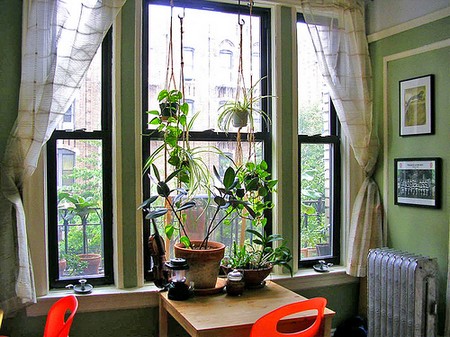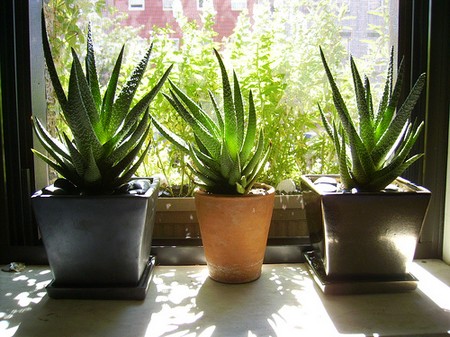The interior environment is the main place where people are exposed to the allergens that result in such common allergic conditions as asthma, rhinitis, and eczema. Many of these allergens, including animal dander and mould spores, are found in the air while others, such as mite droppings, are in carpets and bedding, but become airborne if disturbed.
In addition, the air in buildings contains other pollutants, such as the sulphur dioxide given off by burning fuel, that do not cause allergies in themselves but may make the symptoms of allergic diseases worse.
Research has shown that air inside is often more polluted than that outside. Indeed, the levels of some pollutants can be as much as 20-30 times higher indoors. These findings are even more important when you realize that most people spend between 75 and 90 percent of their time indoors.
Studies of air pollution in buildings have found the following:
- House-dust mite allergen
- Cockroach allergen
- Mould spores
- Pet dander
- Pollen
- Combustion by-products, such as carbon monoxide, nitrogen oxides, and sulphur dioxide
- Tobacco smoke
- Chemicals given off by home improvement and household products
- Bacteria and viruses
- Trace metals
- Pesticides
Pollutants – allergen or irritant?
Some interior air pollutants, such as cat dander are allergens and it is these that cause allergic symptoms. Cat dander can be very persistent and may still be found in a home several years after a cat has lived there. Other inside pollutants, such as solvents from paints, are irritants, and these may provoke or worsen allergic symptoms in some individuals who already have a lowered tolerance threshold for airborne substances as a result of their allergic condition.
High humidity is another factor affecting air quality. We all feel lethargic and uncomfortable when humidity levels are high. But more than this, if high humidity is allowed to persist for long periods, it will cause damp and rot that may affect your furniture and fittings. High humidity will also encourage the growth of mould and the spread of dust mites.
Improving interior air quality
Ventilation is the key to improving the quality of the air we breathe inside. This may mean opening windows or installing an extractor (exhaust) fan in the kitchen and bathroom, or upgrading the filter in our air-conditioning. More comprehensive action may include installing a full or half-house ventilation system. Even the choices we make when decorating and cleaning our homes have an effect on air quality.
Better air quality, which can in many cases be provided naturally simply by opening doors or windows, benefits everybody, not just those with allergies or other breathing difficulties.
Categories
Advertisements
Recent Articles
 How to Understand Bed Sizes – A Small Guide
How to Understand Bed Sizes – A Small Guide How to Select Some Must Have Kitchen Accessories
How to Select Some Must Have Kitchen Accessories Best Way to Change a Car Tire
Best Way to Change a Car Tire Best Way to Write an Affirmation
Best Way to Write an Affirmation Best Way to Take Charge of Your Financial Life
Best Way to Take Charge of Your Financial Life Best Way to Survive a Party When You Don’t Know Anyone
Best Way to Survive a Party When You Don’t Know Anyone Best Way to Stop Self Sabotaging Yourself
Best Way to Stop Self Sabotaging Yourself Best Way to Start Journal Writing
Best Way to Start Journal Writing Best Way to Speak with a Powerful Voice
Best Way to Speak with a Powerful Voice Best Way to Simplify Your Life
Best Way to Simplify Your Life Best Way to Respond to a Put-Down
Best Way to Respond to a Put-Down Best Way to Reduce Acne Breakouts
Best Way to Reduce Acne Breakouts Best Way to Recover from Dining Disasters
Best Way to Recover from Dining Disasters Best Way to Quit Your Job Gracefully
Best Way to Quit Your Job Gracefully Best Way to Make Your Own Website
Best Way to Make Your Own Website



Leave a Reply